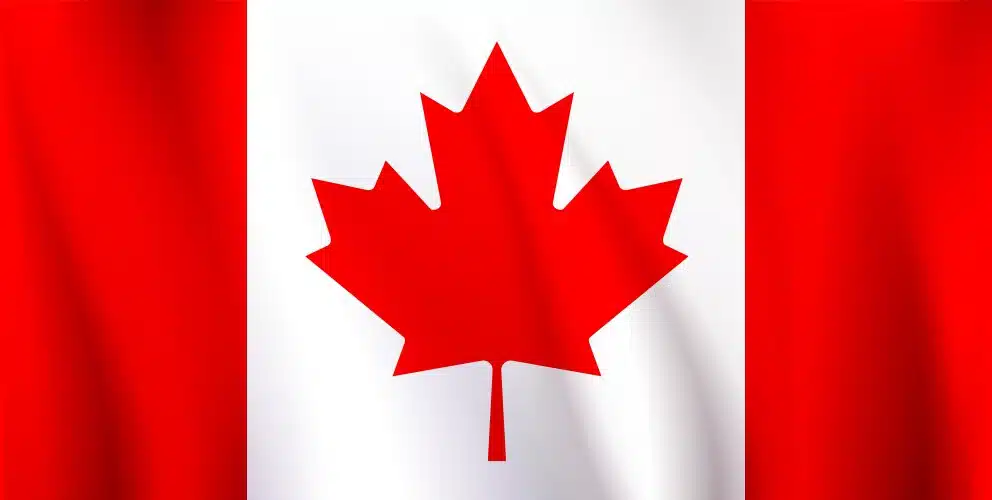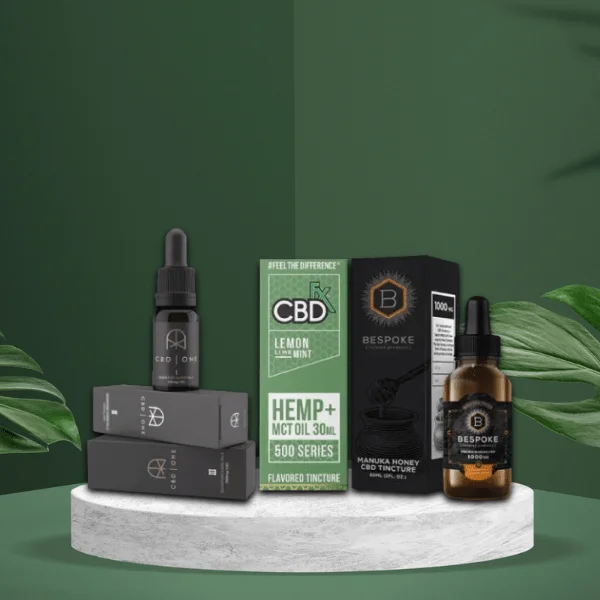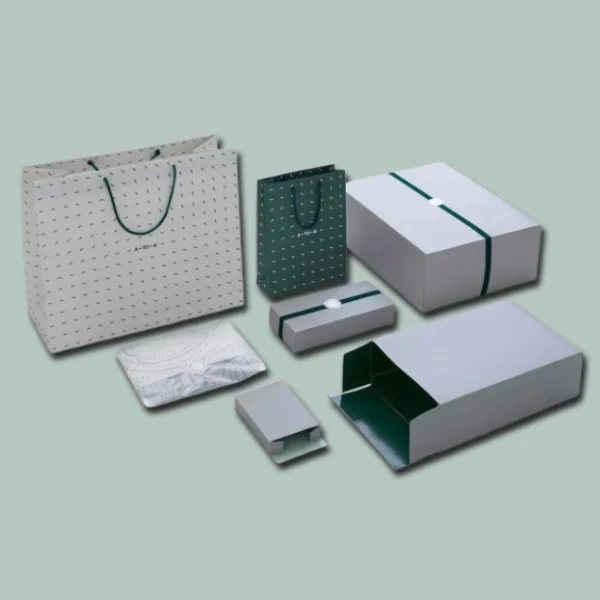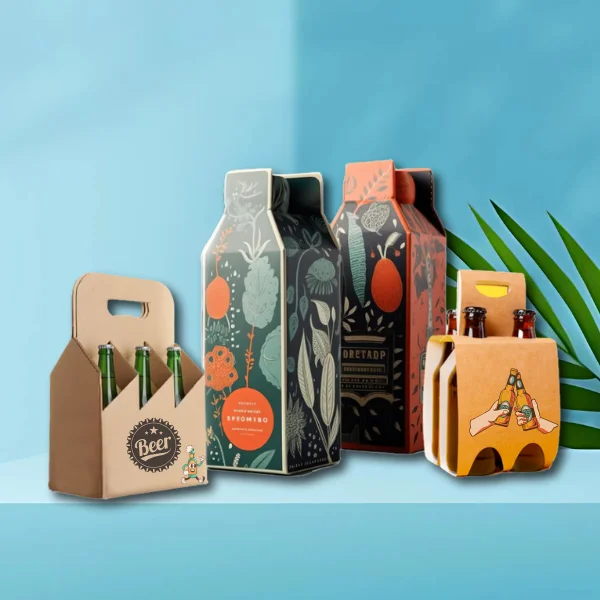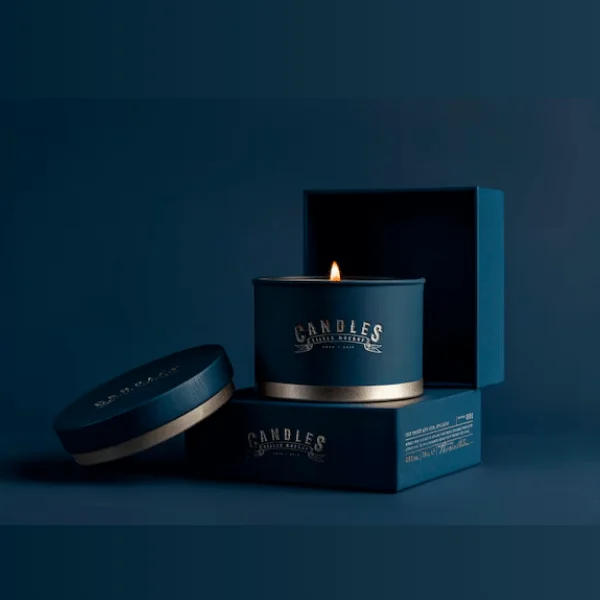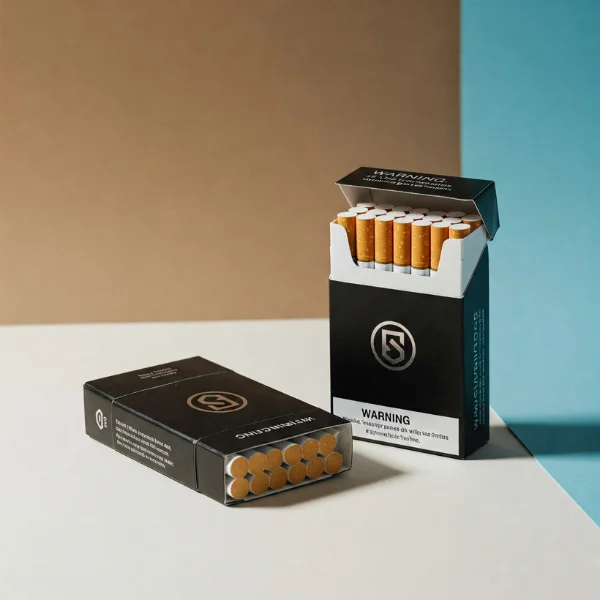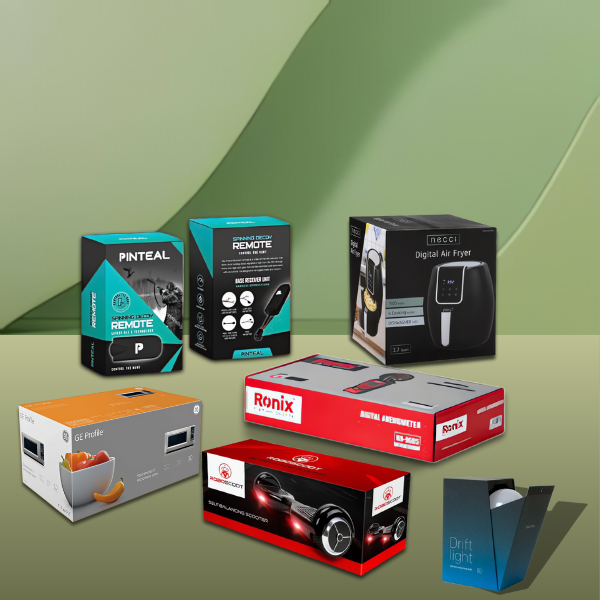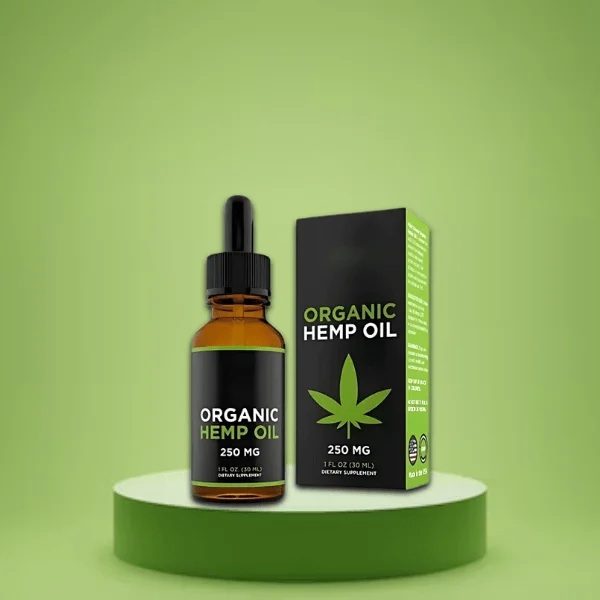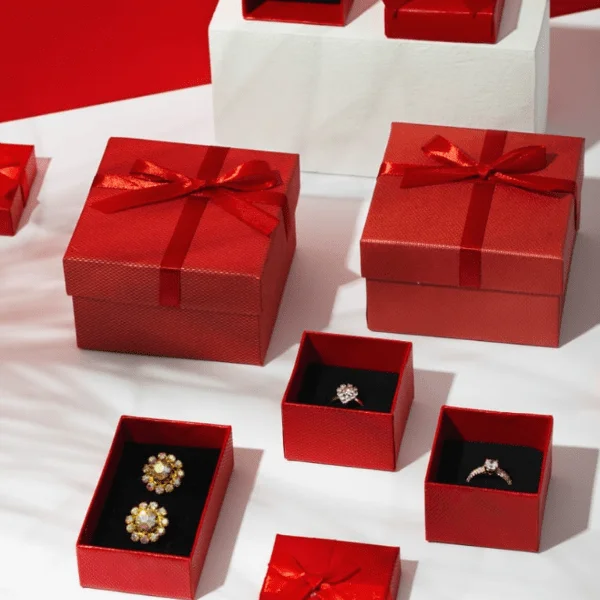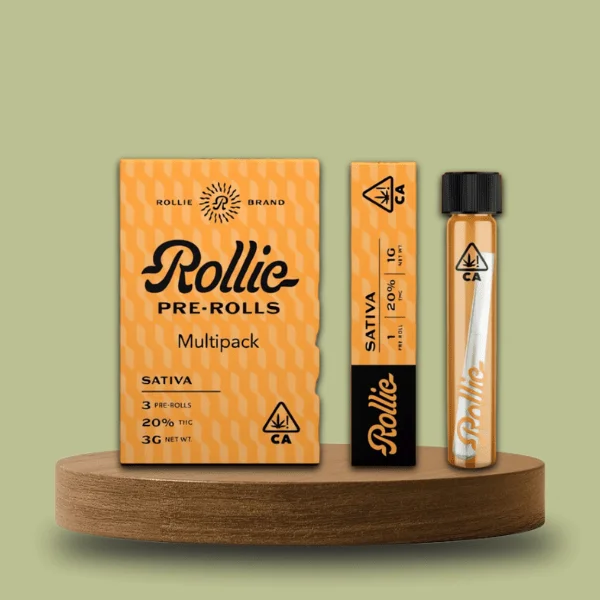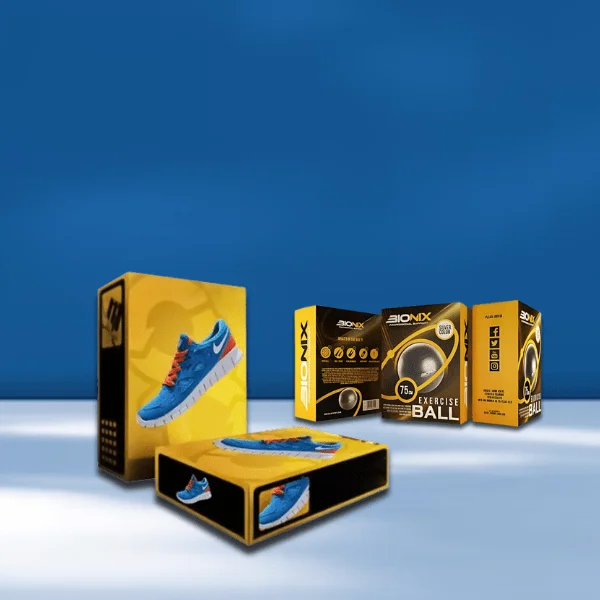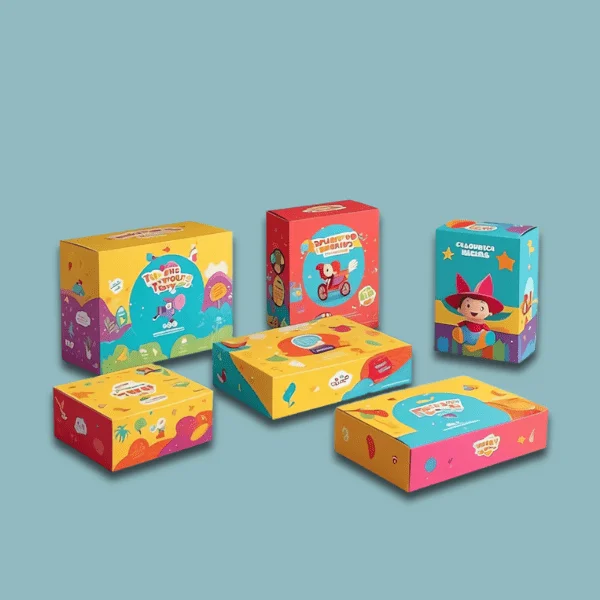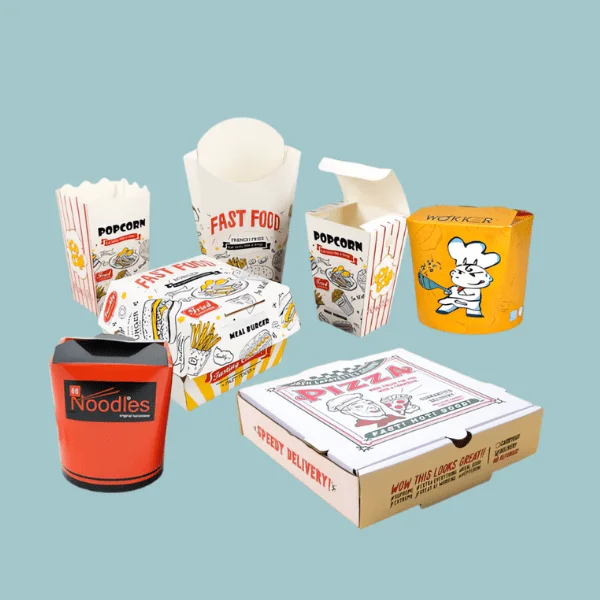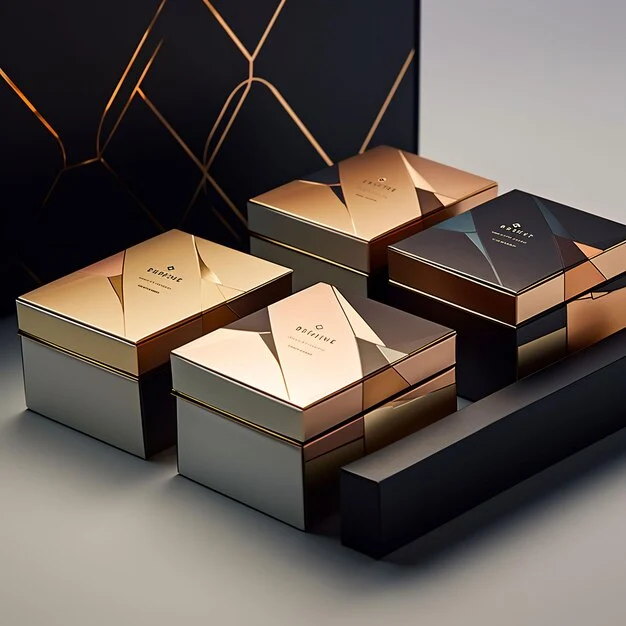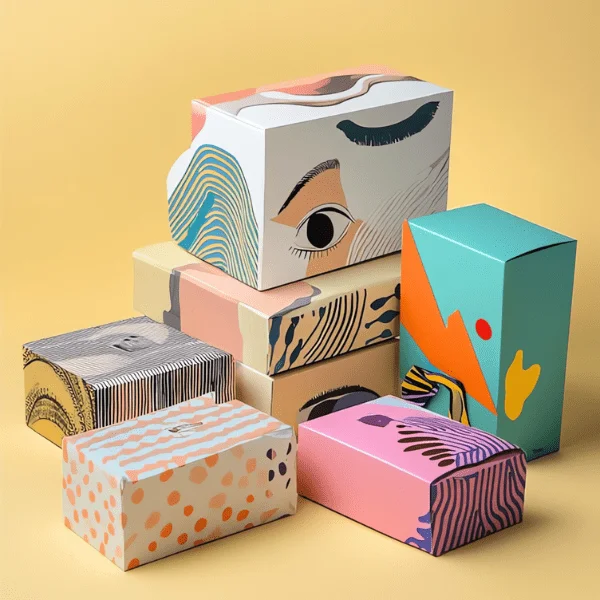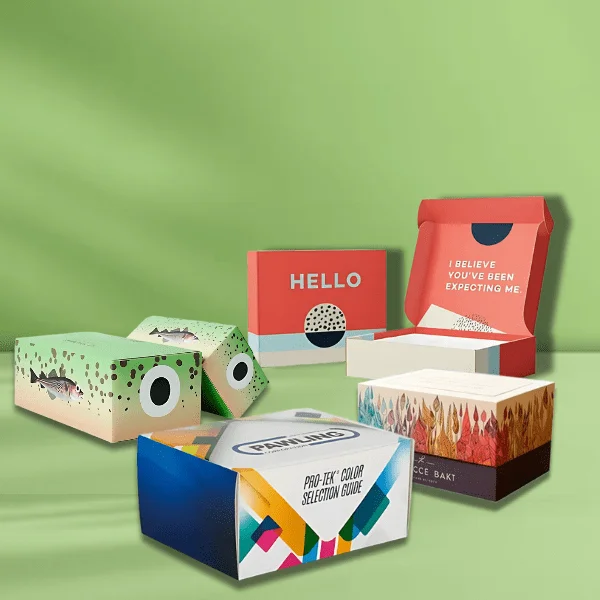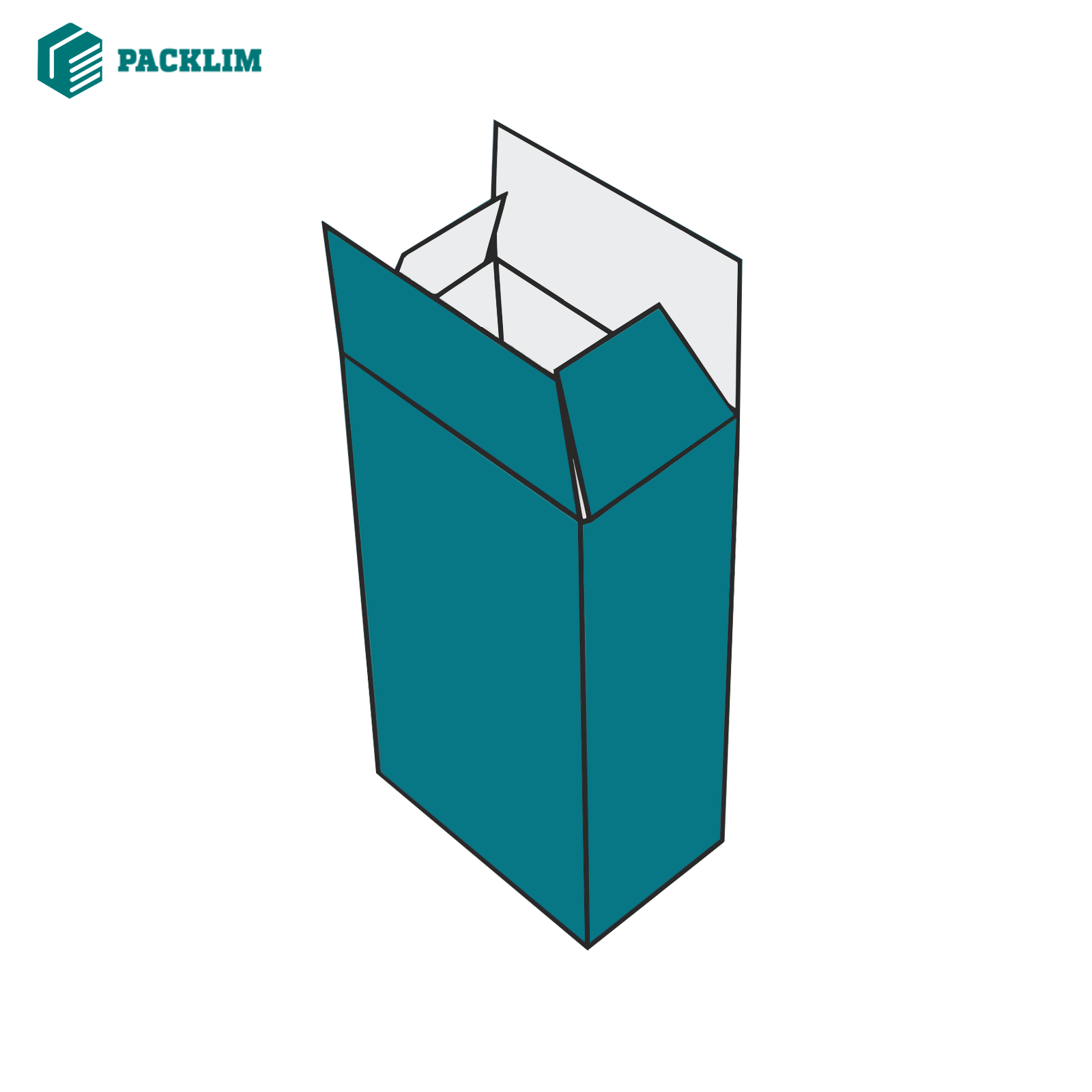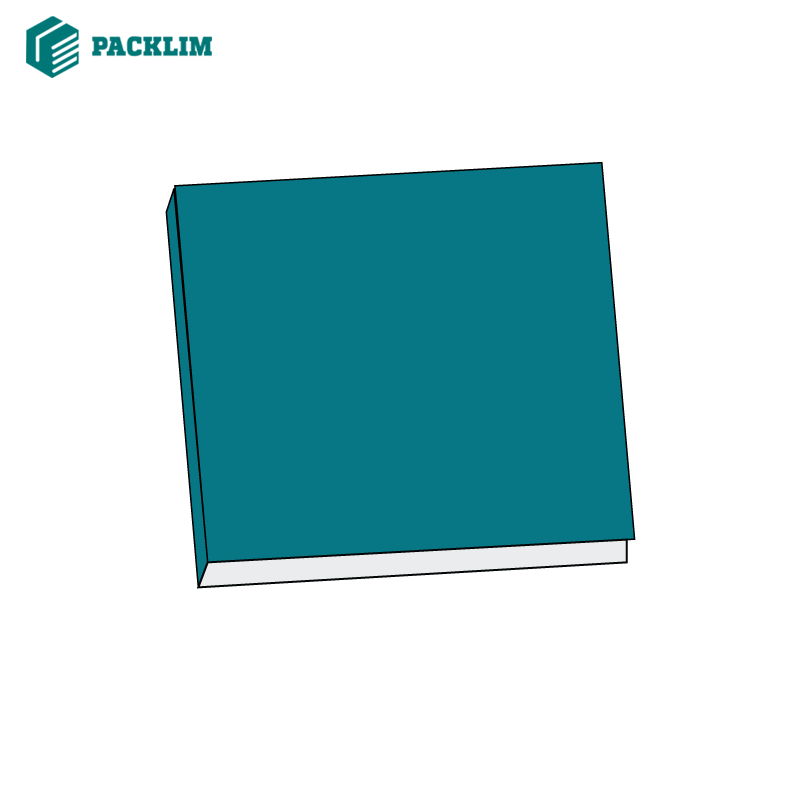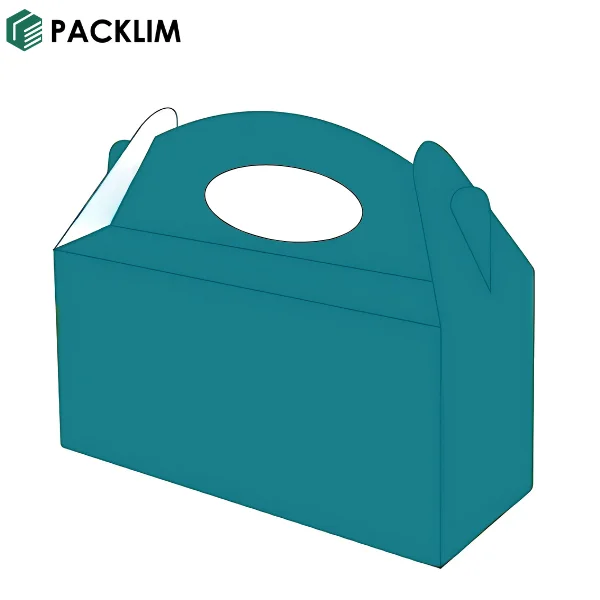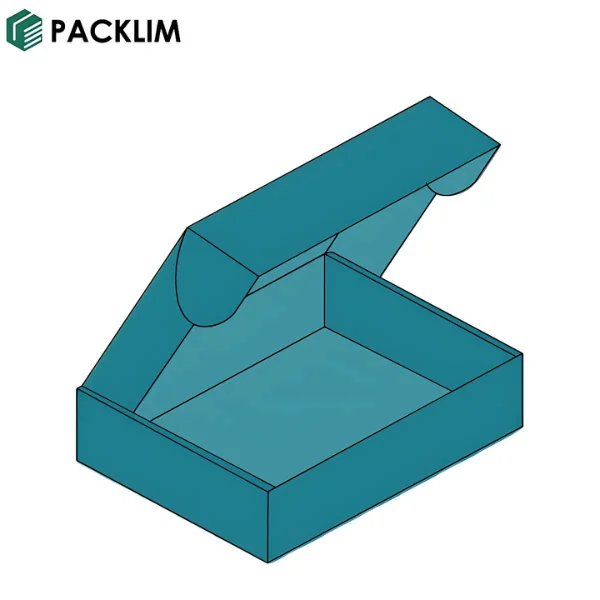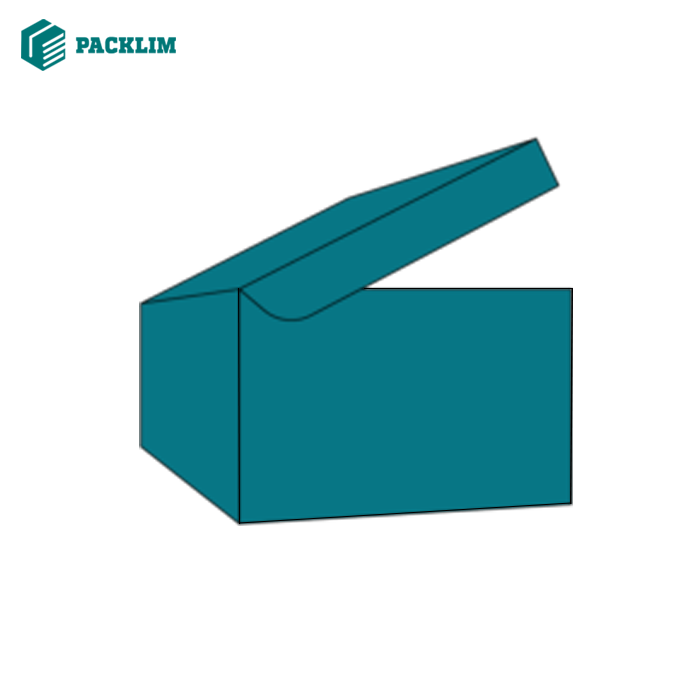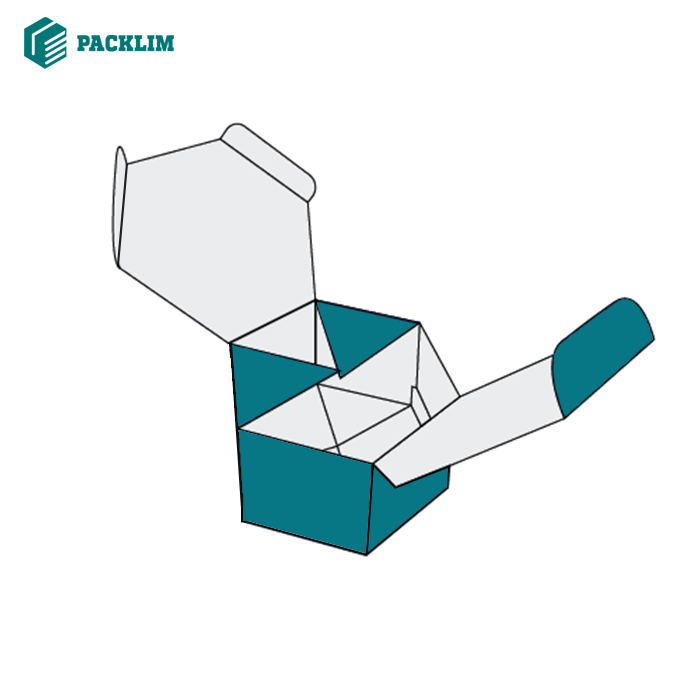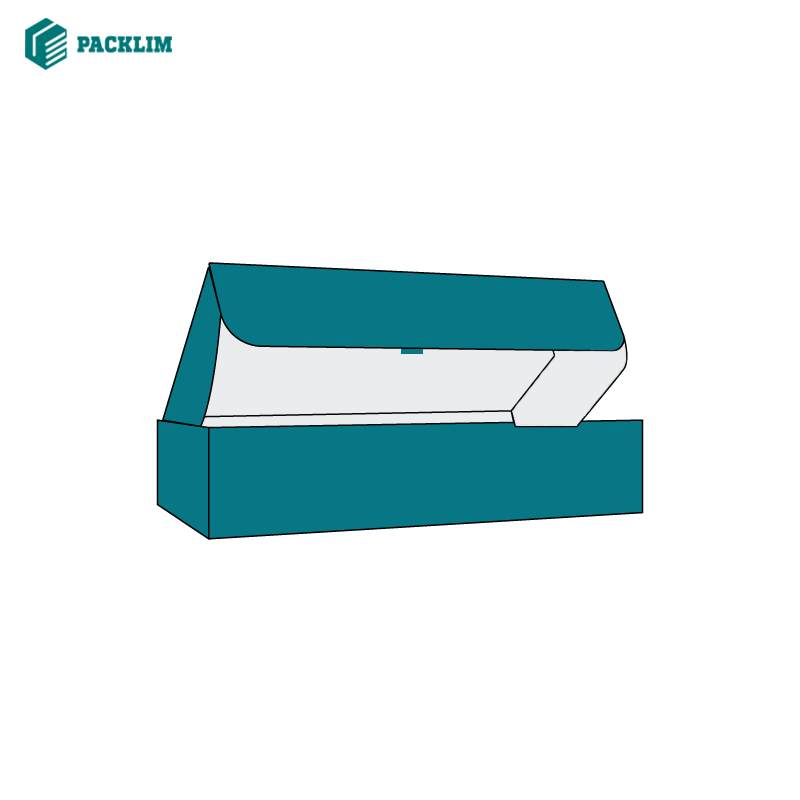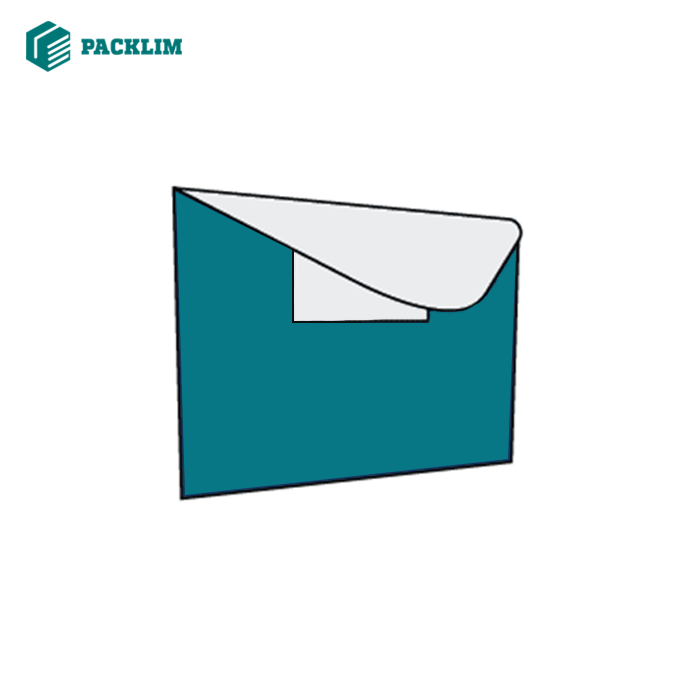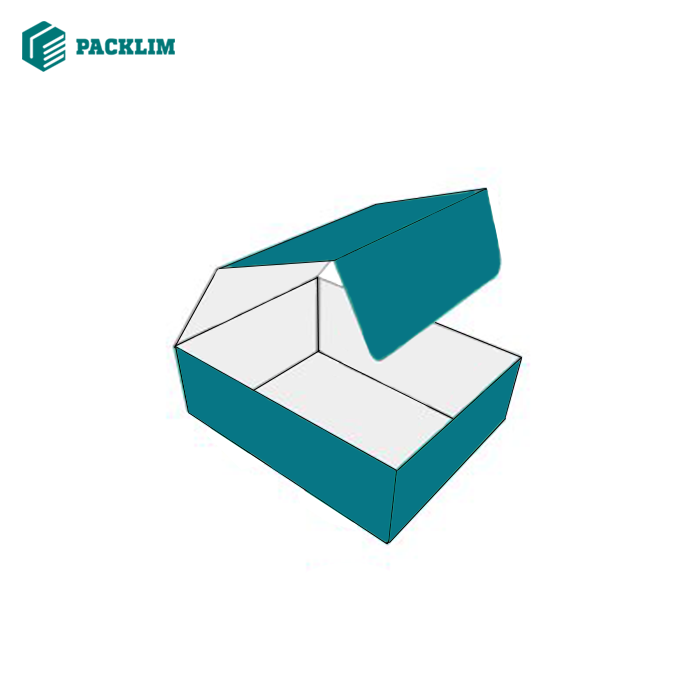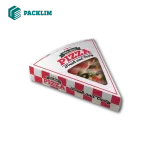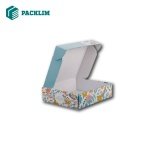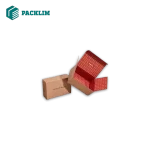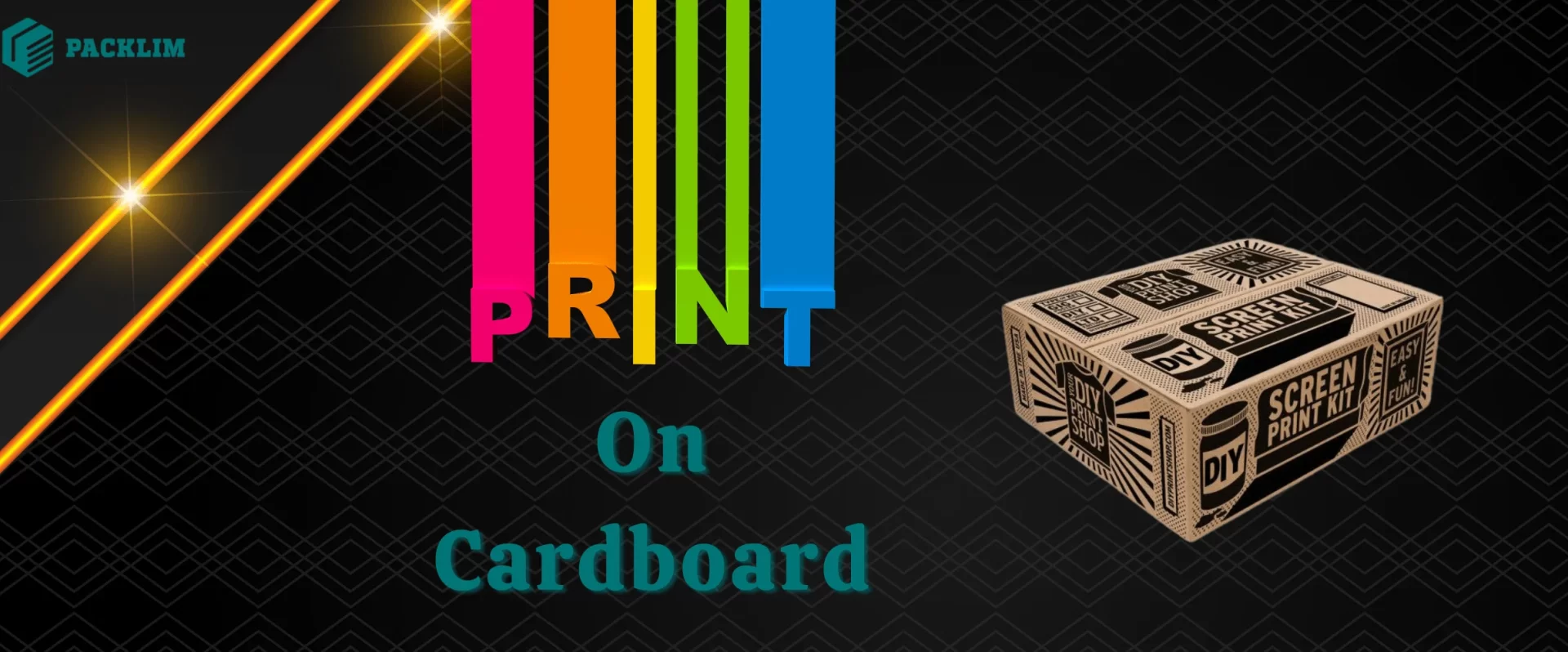
How To Print On Cardboard & Maximize Your Branding
The way you present your products enhances your brand’s recognition. Printing on cardboard is the most versatile and cost-effective solution. It offers an excellent canvas for creative designs. Printing on cardboard boxes meets the practical needs for protection and durability. Cardboard paper has you covered, whether you have a startup or an established company. It refreshes your branding and helps you make informed decisions that align with your goals showing that you have skills in custom packaging. Here are the latest eye-catching designs for your packaging.
- Minimalistic and modern
- Vintage and rustic
- Eco-friendly and organic
- Bold and playful
- Illustrative and artistic
Why Choose Cardboard for Printing?
Cardboard is a popular material due to various benefits, some of them are as follows:
- Eco-friendliness: Cardboard is made from biodegradable resources. It is easily recyclable and is a sustainable choice. Cardboard aligns well with today’s eco-conscious customers.
- Versatility: Cardboard can be easily cut, folded, and shaped into multiple forms. It is suitable for various packaging types like simple boxes and intricate designs.
- Cost-effective: Cardboard is relatively affordable when compared to traditional packaging materials. This is a practical choice for all businesses especially in custom food boxes industry.
- Printability: Cardboard offers a smooth surface that is ideal for printing. It absorbs ink well and results in vibrant colors. It offers sharp images that can enhance the aesthetic appeal of your product.
Types of Cardboard for Printing
Not all cardboard is created equal. Multiple types of cardboard are best for various printing needs:
- Corrugated Cardboard: it consists of a fluted layer which is sandwiched between two flat layers. It is durable and ideal for shipping boxes. It produces high-quality prints with the right techniques.
- Paperboard: Paperboard is thinner than corrugated cardboard. It is widely used for retail packaging and cartons. Its smooth surface allows for detailed prints.
- Kraft Cardboard: Made from unbleached wood pulp. It has a natural and rustic appearance. It is less commonly used for intricate designs. Ideal for brands and customers that want an eco-friendly aesthetic.
- Coated Cardboard: It has a coating that enhances its printability. It is used for premium packaging where superior print quality is needed.
Printing Techniques for Cardboard
Choosing the right printing technique for customs printed boxes is crucial for achieving the desired outcome. Here are some common methods:
- Offset Printing: This is ideal for large runs as it produces high-quality prints. It handles intricate designs and a wide range of colors. Ideal choice for food boxes with a especial focus on custom fast food boxes such as custom burger boxes, pizza boxes and hot dog boxes.
- Digital Printing: Digital printing is perfect for small runs. It offers quick turnaround times and allows for variable data printing. However, it is expensive for large quantities.
- Flexography: This printing techniques uses flexible plates and is fast and affordable. Ideal for large-volume runs like shipping boxes. However, it may not offer the same level of detail as digital printing.
- Screen Printing: Screen printing is often used for speciality packaging. It is ideal for simple designs. It can be used on both flat and curved surfaces and is not ideal for highly detailed designs.
How To Print On Cardboard Boxes?
Find out how to print on a cardboard. The design process involves several considerations to ensure the final product looks:
- Understand the Medium: Cardboard has a different texture and color than other materials. Designs may appear different than they do on a screen. Work with a designer who understands how colors and images translate to cardboard.
- Choose the Right Colors: A cardboard’s natural color can affect how colors appear. For instance, colors may look duller on Kraft cardboard compared to coated paperboard. It is necessary to choose colors that will stand out on the chosen type of cardboard.
- Incorporate Brand Elements: Your packaging is an extension of your business. Complement your design with brand logo, colors, and other elements. Stay consistent with your overall branding strategy.
- Functionality And Aesthetics: Design is important and it should not compromise the functionality. The design works well with the structural elements of the packaging that include folds, flaps, and cutouts.
Conclusion
Let’s conclude this brief guide, print on cardboard enhances the packaging and remains cost-effective. By choosing the right printing technique and crafting a design that aligns with your brand. Your packaging is an extension of your business. Complement your design with brand logo, colors, and other elements. Stay consistent with your overall branding strategy. Create packaging that protects your product. It refreshes your branding and helps you make informed decisions that align with your goals. The versatility of cardboard are almost endless. Be informed to stay ahead of the curve. Create packaging that engages customers at every touchpoint.
